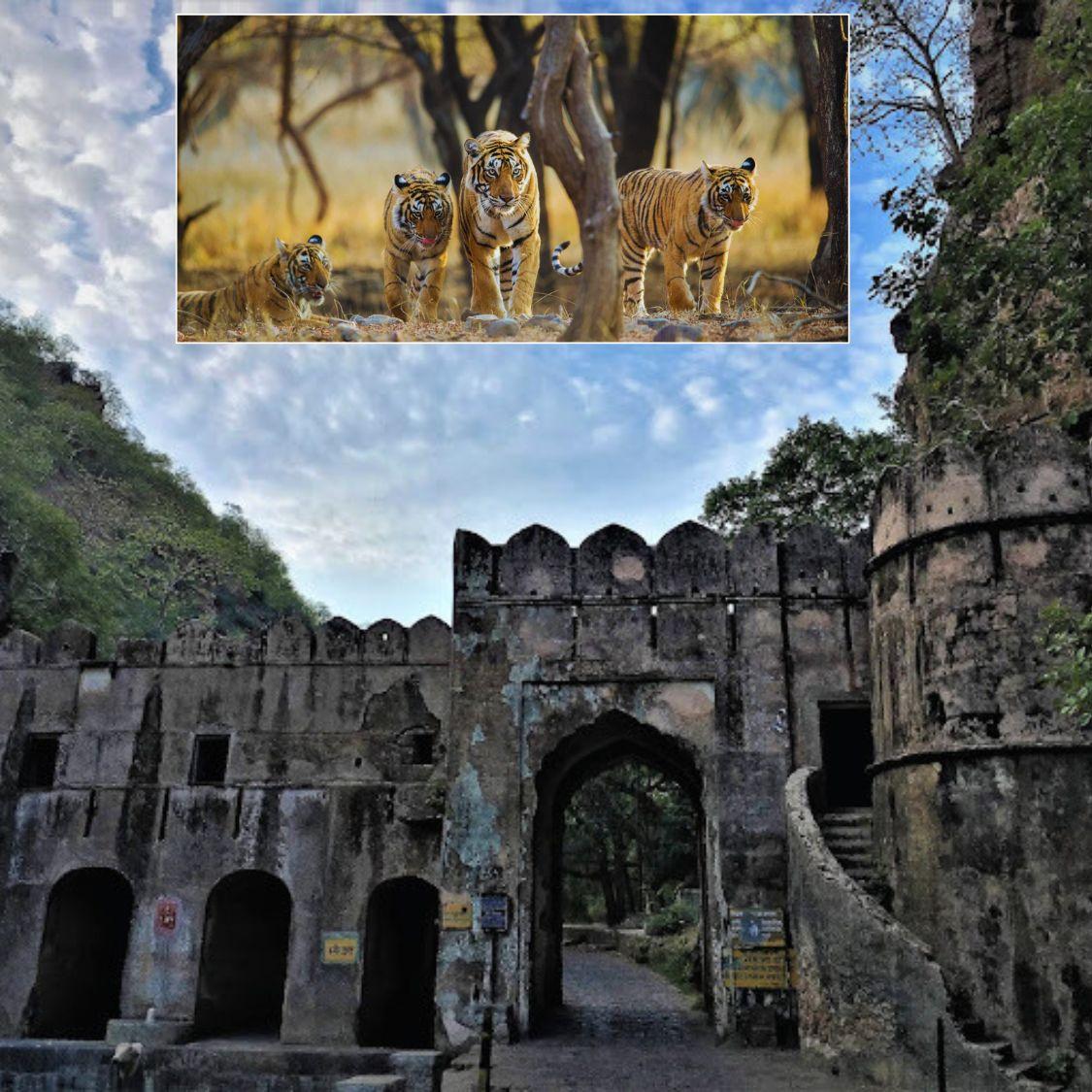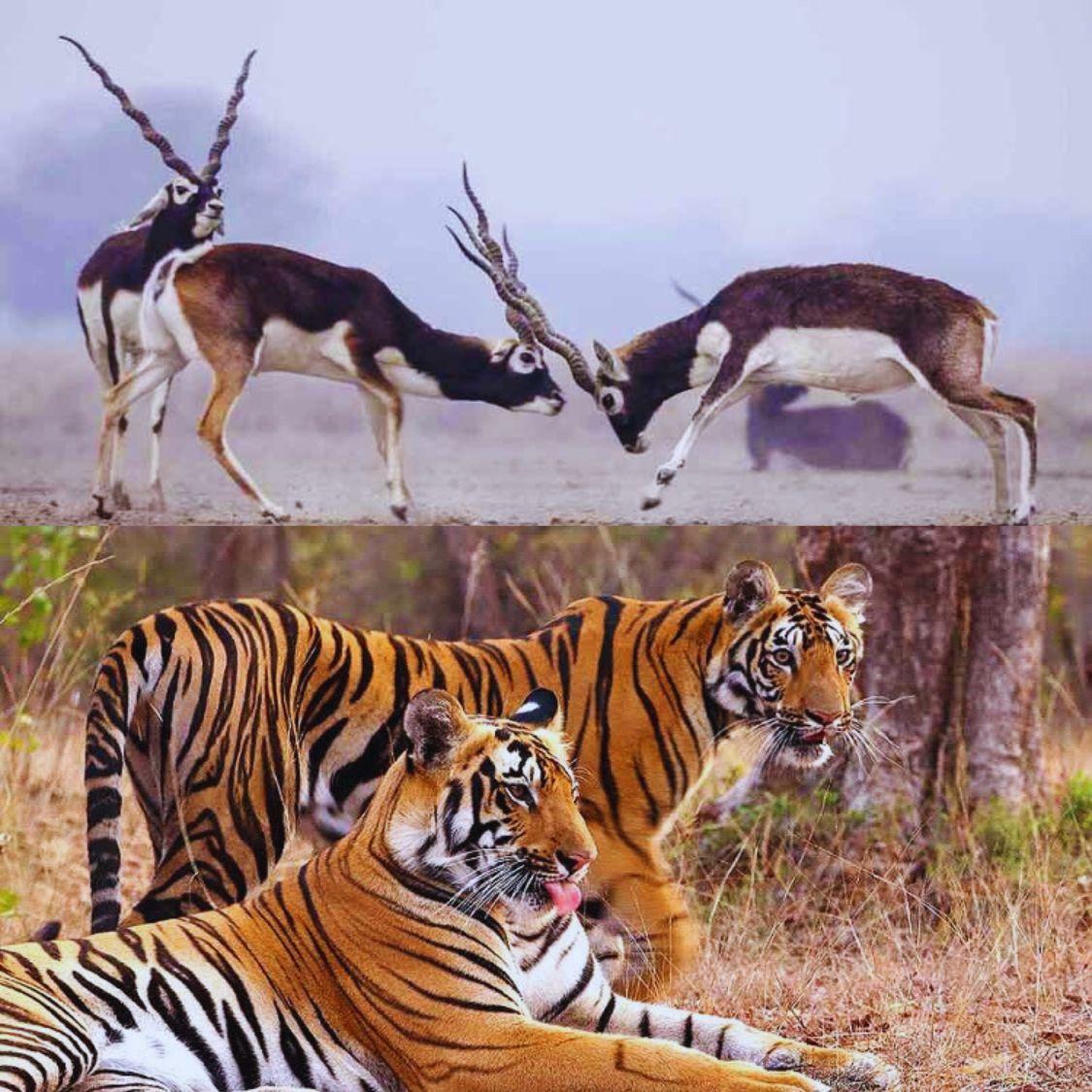Most visitors visiting the wildlife reserves in Rajasthan first consider Ranthambore or Sariska. Hidden away in the Baran district, however, is a lesser-known wonder: Shergarh Wildlife Sanctuary. Should you like unusual animal sights, this location surely belongs on your list. Rich in biodiversity, scenic beauty, and peaceful environs, Shergarh Sanctuary is the perfect mix of wildness and calm, ideal for animal enthusiasts and nature seekers. Let’s investigate what distinguishes this refuge as one of the top wildlife sanctuaries in Rajasthan to see.
Important Information
Location: Baran District, Rajasthan,
Nearest City: Baran (about 65 km), Kota (about 80 km)
Shergarh Wildlife Sanctuary visiting time – 7 am -6 pm
Best time to visit Shergarh Wildlife Sanctuary–
July to September, and October to March are the best times to visit Shergarh Wildlife Sanctuary.
Safari timings – Morning time: 7 am-10.30 am
Afternoon Time: 2.30 pm – 6 pm
Shergarh Wildlife Sanctuary entry fee – INR 10/- per person
Safari Fee – INR 600 – 1200/-
Important Note – Safari must be booked a month earlier through online safari booking websites
What You Can See
Though not as well-known as Ranthambore or Sariska, Shergarh is just as exciting. The sanctuary houses:
- Leopards: majestic and elusive rule the woodland here
- sloth bears are often seen close to caves or areas of water
- Jackals, Hyenas, and Wild Boars
- Chinkaras and Blue Bulls (Nilgai)
- Jungle Cats and Indian Foxes
- A great range of reptiles includes monitor lizards
- Over 150 bird species, particularly migrating ones in winter, make it a joy for bird lovers.
Dense dry deciduous forests of Dhok, Tendu, and Bamboo in the sanctuary enhance the area’s biodiversity.
What Makes It Unique
Shergarh’s unspoiled beauty distinguishes it from other Rajasthan sanctuaries. Unlike the more commercialised parks, Shergarh provides:
- Experience secluded safaris to appreciate a raw, less populated environment.
- Ancient Ruins and Hills, the sanctuary is called after the adjacent Shergarh Fort, hence enhancing the historical flavour of your wildlife excursion.
- Seasonal rivers and little ponds attract animals and provide beautiful picnic locations.
- Eco-vibes, a genuine nature lover’s paradise, where you can hear the rustling of leaves more clearly than tourist noise.
- This is where you will discover it if you want finest wildlife encounters in Rajasthan without the throngs.
Nearby Sites to Visit

After absorbing the woodland atmosphere, check out these close by treasures:
- Shergarh Castle: A magnificent fort with commanding views, ideal for a sunset walk
- Sitabari: A religious location with ancient temples and natural springs, particularly active during the local fair
- Ramgarh Crater: Often likened to the Lonar Crater in Maharashtra, a lesser-known geological marvel
- Kota: To experience Rajasthani city life, legacy, and cuisine
These locations combine environment, history, and culture to make your trip to Shergarh a well-rounded one.
Goya Hills: A Nature-Inspired Stay Close to Udaipur
Although Shergarh lies in Baran district, if you want to see more wildlife in Rajasthan, think about extending your stay to Udaipur, which is bordered by beautiful natural paths and has the Sajjangarh Biological Park.
Goya Hills provides a great retreat for environment enthusiasts while in Udaipur. Set in the Aravalli hills, this boutique home provides a close relationship with the natural world, sustainability, and peace. Goya Hills is a private luxury villa in Udaipur which adds on to little luxury to your nature trip with earthy looks and a quiet surroundings. To book your stay with us, contact us on +91 9024082177.
Shergarh Wildlife Sanctuary turns into a spectacular getaway into the core of Rajasthan’s untamed. Every minute spent here is a narrative ready to emerge from leopards hiding in the shadows to birds flying above to the history-laced paths of Shergarh Fort.
If you’re compiling a list of Rajasthan sanctuaries to visit, don’t let Shergarh go unnoticed. Get ready for a thrilling trip into one of the greatest wildlife reserves in Rajasthan by packing your binoculars, lacing up your hiking shoes, and putting on your hiking boots.




